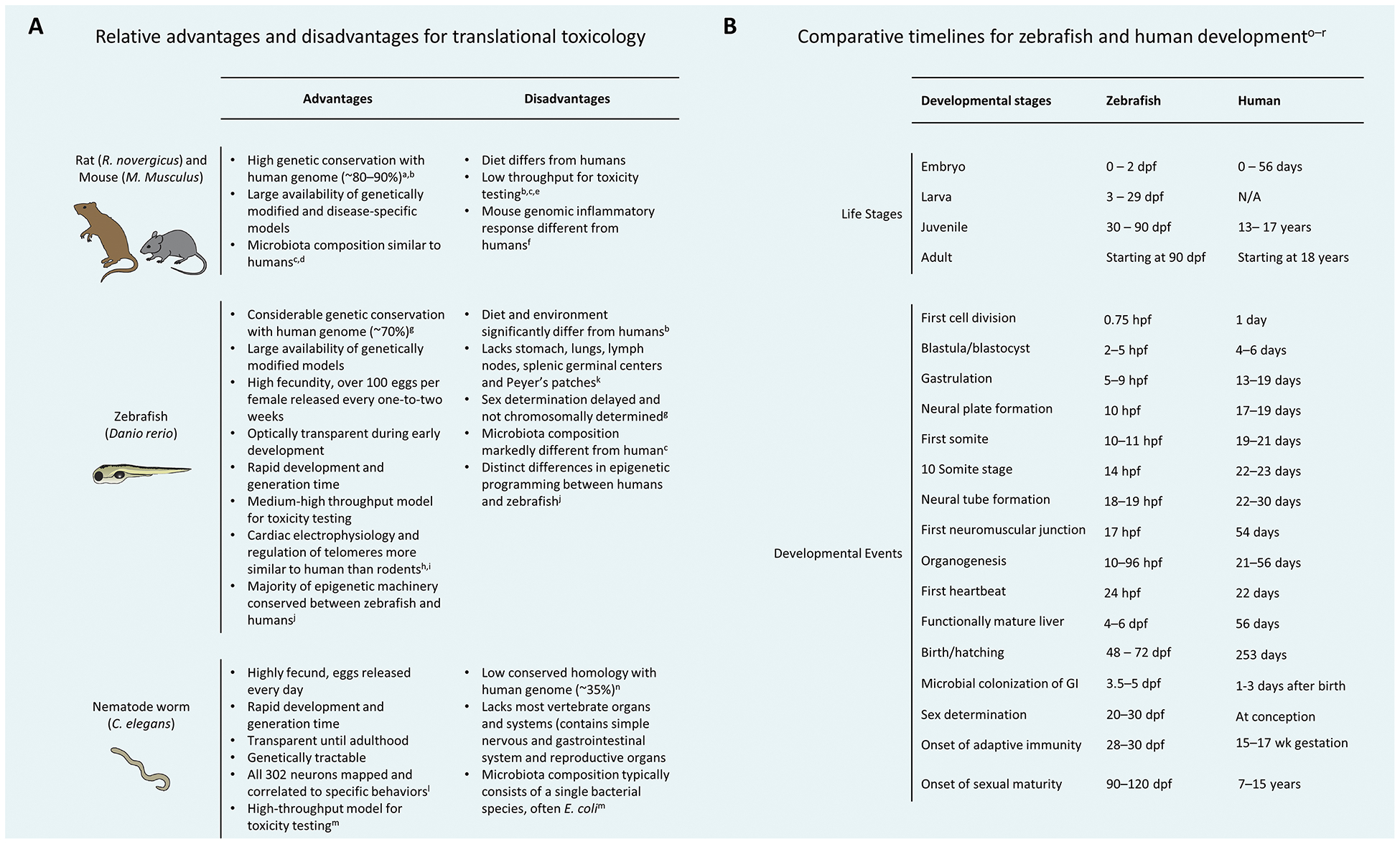Figure 1: Comparisons of model organisms to humans.

(A) Strengths and weaknesses of widely used translational toxicology animal models. (B) Comparative timelines for zebrafish and human development (https://zfin.org/zf_info/zfbook/stages/). The timing of all developmental events in zebrafish is influenced by temperature. Abbreviations: dpf = days post-fertilization; hpf = hours post-fertilization; wk = weeks. aKeane et al. 2011 Nature 477:289–294; bFritz et al. 2013 Microbiome 1:14; cKostic et al. 2013 Genes Dev 27:701–718; dNagpal et al. 2018 Front Microbiol 9:2897; eBedell et al. 1997 Genes Dev 11:11–43; fSeok et al. 2013 Proc Natl Acad Sci U S A 110:3507–3512; gHowe et al. 2013 Nature 496:498–503; hMacRae and Peterson 2015 Nat Rev Drug Discov 14:721–731; iCayuela et al. 2018 Front Cell Dev Biol 6(178); jAluru et al. 2018 Environ Epigenet 4:dvy005; kGoldsmith and Jobin (2012) J Biomed Biotechnol 2012: 817341; lBargmann 2006 Worm Book 1–29; mClark and Walker 2018 Cell Mol Life Sci 75:93–101; nKim et al. 2018 Genetics 210:445–461; oKimmel et al. 1995 Dev Dyn 203:253–310; pO’Rahilly et al. 1979 Anat Embryol (Berl) 157:167–176; qPhelps et al. 2017 Sci Rep 7:11244; rRawls et al. 2007 Proc Natl Acad Sci U S A 104:7622–7627.
